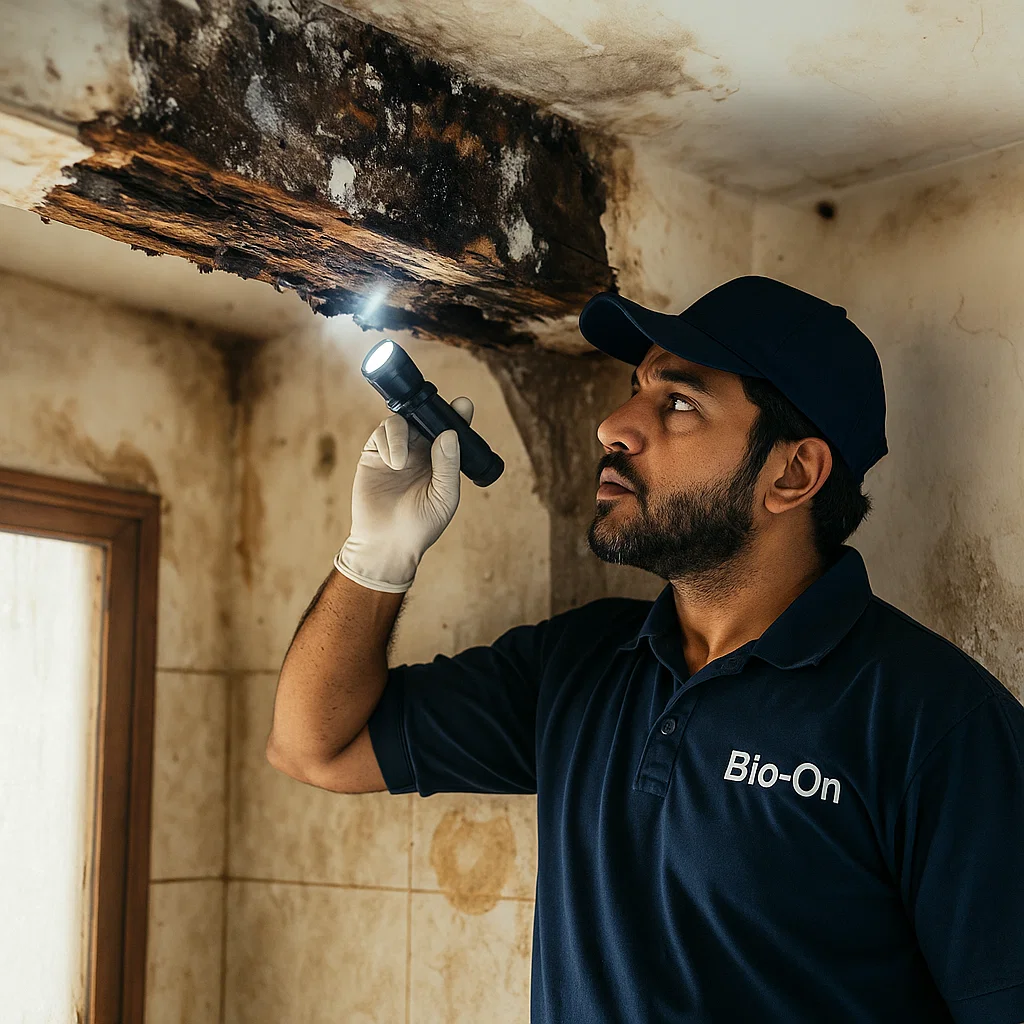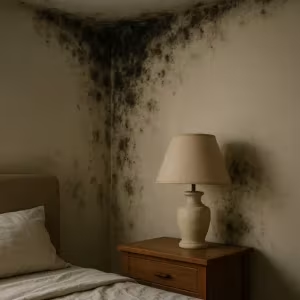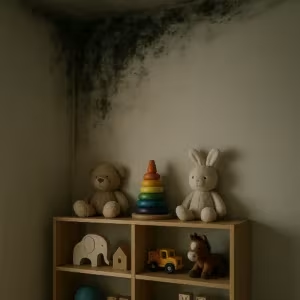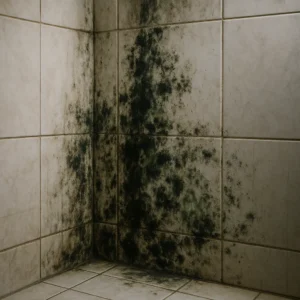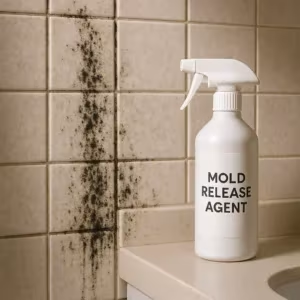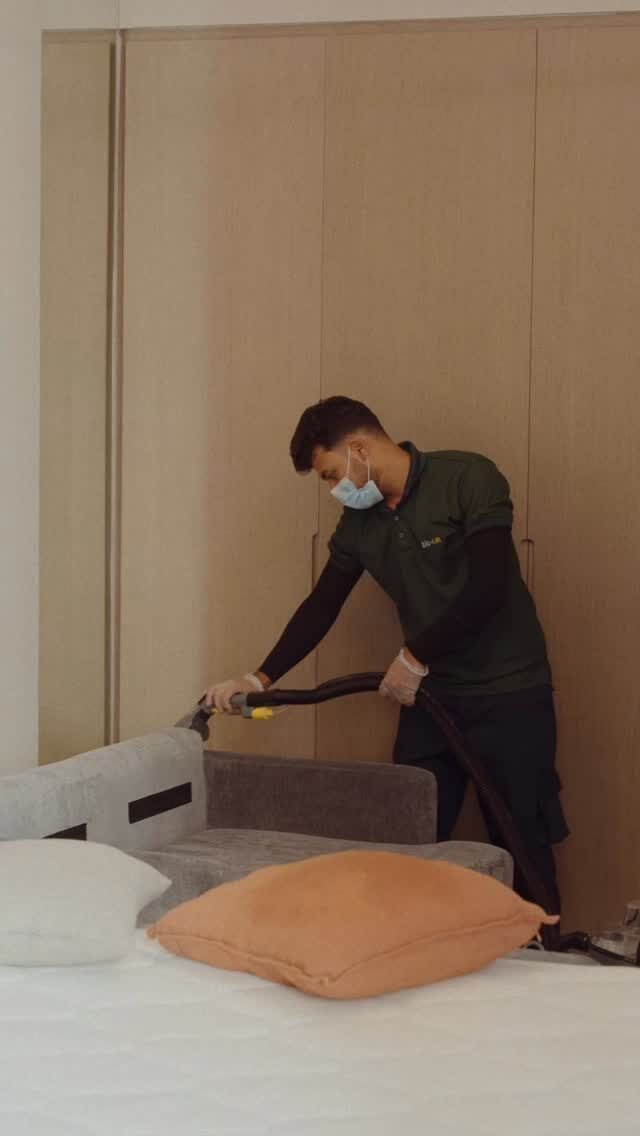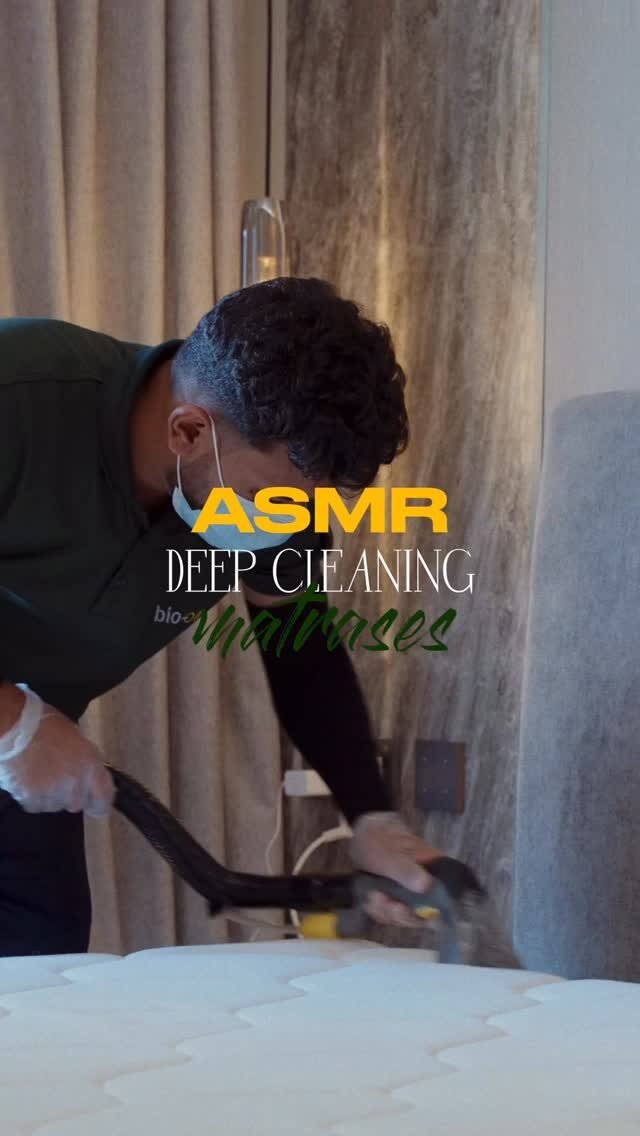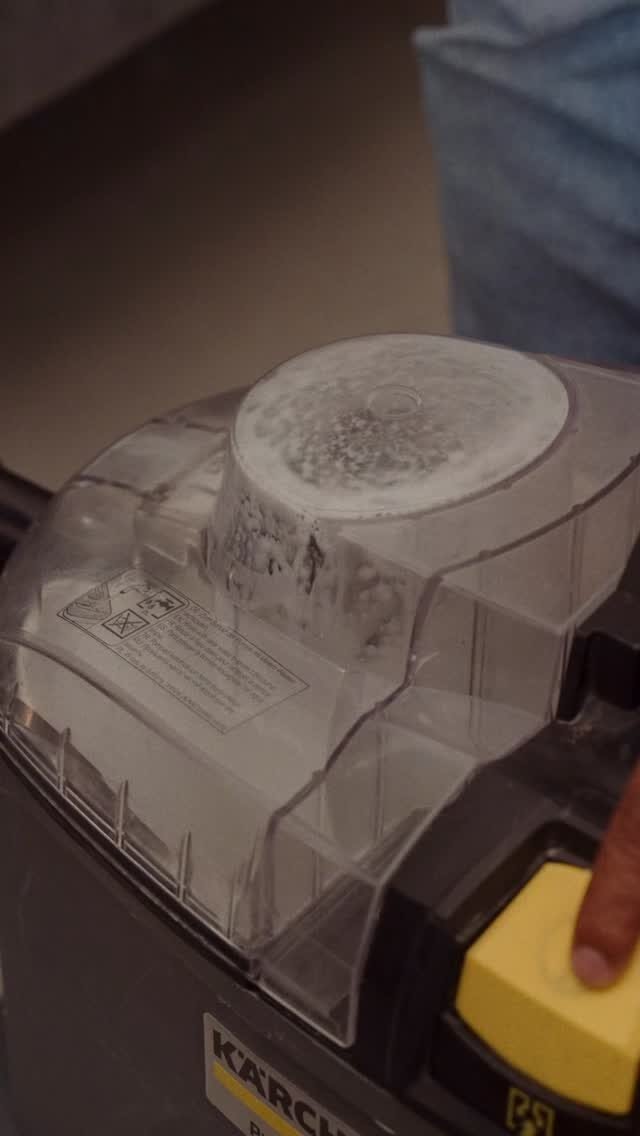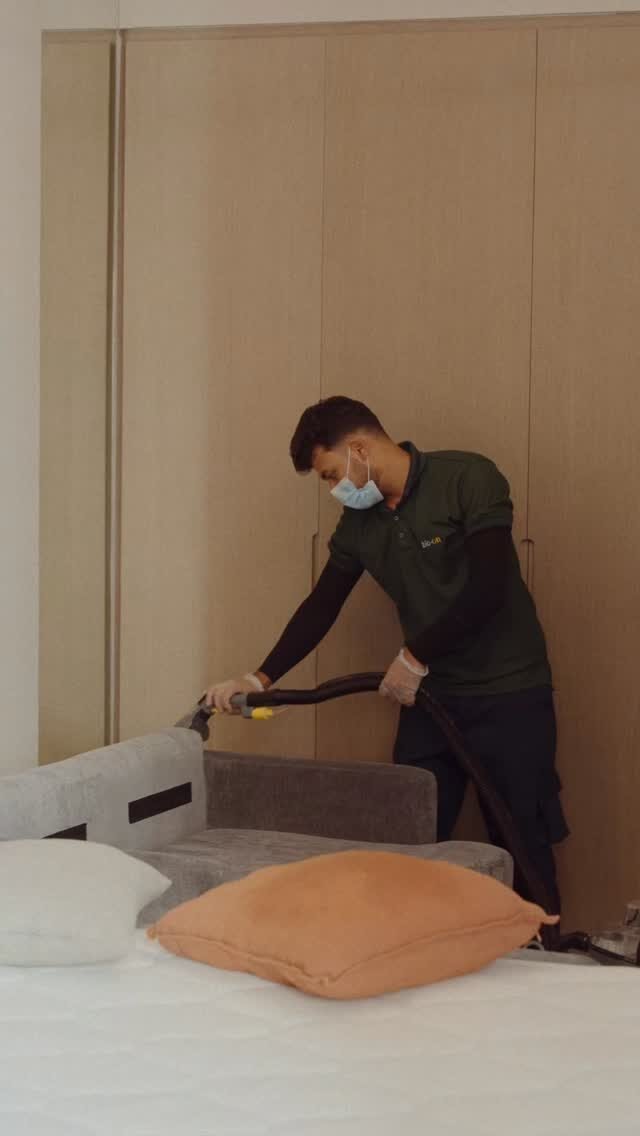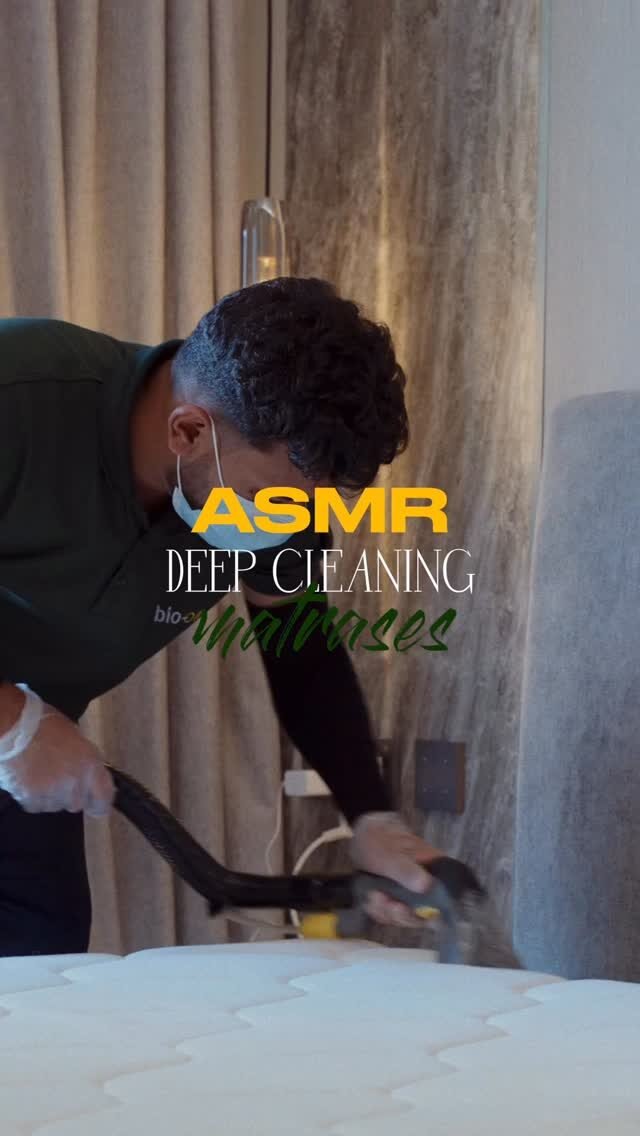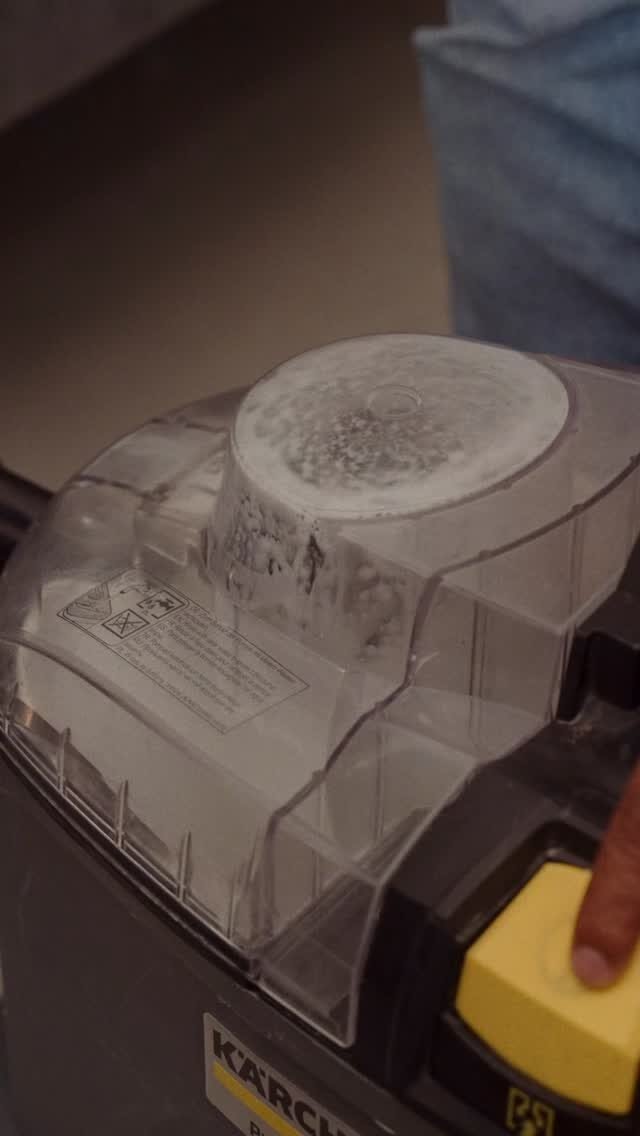Fungus on wood is more than just an eyesore—it’s a warning sign. Whether it appears as black streaks on your wardrobe, fuzzy patches on wooden beams, or soft rot near windows, fungal growth on wood in your home is a clear indicator that moisture is trapped somewhere it shouldn’t be. And in a humid, air-conditioned environment like the UAE, that can quickly escalate into structural damage, health concerns, and expensive repairs if not handled correctly.
We often meet homeowners who scrub, repaint, or replace wood affected by fungus—only to see it return a few weeks later. That’s because treating wood fungus isn’t just about removing what’s visible. It’s about understanding how it grows, why it thrives, and what solutions actually work to eliminate it permanently.
Table of Contents
Toggle1. What Causes Fungus on Wood?
Fungus, especially wood-decaying types like white rot, brown rot, or soft rot fungi, develops when wood absorbs excess moisture and retains it for a prolonged period. Wood is organic material—meaning it’s the perfect food source for fungal organisms when combined with dampness and warmth.
In the UAE, common causes of fungus on wood include:
- Condensation from air conditioning units leaking onto window sills or cupboards
- Bathrooms or kitchens with poor ventilation allowing steam to soak into wood cabinets or shelving
- Roof leaks during occasional UAE storms that drip into attics or ceilings
- Storage in closed areas like basements or closets with little airflow
It doesn’t take long—wood can begin to support fungal growth in as little as 48 hours if conditions are right.
2. How to Identify Different Types of Wood Fungus

Not all fungus on wood is the same. Some are cosmetic, while others literally break down the structure of the wood, weakening it until it crumbles. Knowing what you’re dealing with helps decide whether simple cleaning or full replacement is needed.
Common types include:
- White rot: Leaves the wood soft and spongy, usually light in color. It attacks cellulose and lignin, the main components of wood.
- Brown rot: Turns wood dry and brittle, with cube-like cracking patterns. This includes dangerous types like dry rot.
- Surface mold or mildew: Appears as black, green, or white patches on wood surfaces, especially on furniture and paneling. These can sometimes be wiped off but often indicate hidden moisture.
If the wood feels soft to the touch, gives way under pressure, or flakes apart when scratched, there’s a high chance the fungus has penetrated deeply. That’s when professional help is necessary—not just cosmetic fixes.
3. Can You Remove Fungus from Wood Yourself?
For light surface mold on furniture or painted trim, yes—you can start with a DIY approach. Here’s how:
- Put on gloves and a mask—fungal spores can cause irritation.
- Mix water with white vinegar or hydrogen peroxide (no bleach, it doesn’t penetrate wood).
- Scrub the affected area gently with a brush or cloth.
- Dry thoroughly using a fan or dehumidifier.
- Sand lightly if the surface is rough or stained.
However, this only works for surface-level mold. If the wood remains damp, the fungus will return. And if you smell mustiness or see signs of decay, it’s time to call professionals like us to inspect and treat the underlying issue properly.
4. Professional Solutions for Fungal Wood Infestation
When mold or fungus has deeply penetrated your wooden surfaces—especially in structural components like beams, flooring, or ceilings—DIY is no longer safe or effective. You’ll need a more thorough solution that addresses both the fungal spores and the moisture feeding them.
Here’s how we typically handle fungal wood infestations in UAE homes:
- Step 1: Moisture detection – We use specialized tools to detect trapped water inside walls or wood, including thermal imaging and humidity probes.
- Step 2: Air and surface testing – For serious cases, we perform air quality sampling and microscopic scraping to identify the fungal species.
- Step 3: Containment – To prevent spores from spreading, we seal off the affected zone using HEPA-filtered barriers.
- Step 4: Targeted remediation – Infected wood is treated with eco-safe biocides, sealed, or replaced entirely if too damaged.
- Step 5: Prevention – We advise ventilation improvements, apply mold-resistant coatings, or install dehumidifiers to keep your space dry long-term.
We don’t just remove the visible mold—we make sure it doesn’t come back. And because we operate across the Emirates, we’re familiar with the specific moisture risks of each home type, from high-rise flats to villa basements.
5. How Much Does It Cost to Treat Fungus on Wood?
The cost depends on how much of your wood is affected, how deep the fungus goes, and whether replacement is needed.
Our typical mold and fungus treatment pricing for UAE clients is:
| Area Affected | Cost (AED) |
|---|---|
| Up to 1 sq.m. | 35 per sq.m. |
| 1–3 sq.m. | 30 per sq.m. |
| 3–7 sq.m. | 25 per sq.m. |
| 7–10 sq.m. | 20 per sq.m. |
| More than 10 sq.m. | Free inspection |
If advanced testing is needed, such as air quality, mycotoxin analysis, or surface scraping, each service is priced at AED 1,000. These tests are crucial for chronic cases or for families with allergies or respiratory issues.
Conclusion
Fungus on wood is one of the most underestimated issues in UAE homes. It creeps in quietly—through small leaks, poor airflow, or just excess condensation—and causes long-term damage before you even see it.
We always recommend treating wood fungus seriously. If you’ve seen signs like black spots, soft patches, or musty smells, don’t ignore them. They’re not just cosmetic—they’re early warnings. Addressing them early is cheaper, safer, and better for your home’s health.
Need help inspecting or treating fungal growth in your wooden furniture, doors, or structure? Just click the contact button on the right-middle of this post, and we’ll guide you through your options quickly and professionally.







